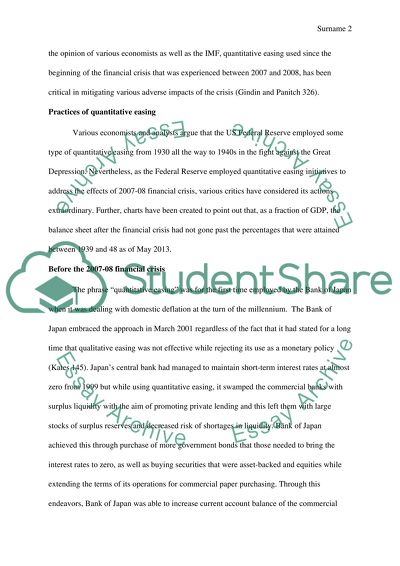Cite this document
(“The influence of quantitative easing monetary policy on Japan and the Research Paper”, n.d.)
The influence of quantitative easing monetary policy on Japan and the Research Paper. Retrieved from https://studentshare.org/finance-accounting/1684989-the-influence-of-quantitative-easing-monetary-policy-on-japan-and-the-united-states
The influence of quantitative easing monetary policy on Japan and the Research Paper. Retrieved from https://studentshare.org/finance-accounting/1684989-the-influence-of-quantitative-easing-monetary-policy-on-japan-and-the-united-states
(The Influence of Quantitative Easing Monetary Policy on Japan and the Research Paper)
The Influence of Quantitative Easing Monetary Policy on Japan and the Research Paper. https://studentshare.org/finance-accounting/1684989-the-influence-of-quantitative-easing-monetary-policy-on-japan-and-the-united-states.
The Influence of Quantitative Easing Monetary Policy on Japan and the Research Paper. https://studentshare.org/finance-accounting/1684989-the-influence-of-quantitative-easing-monetary-policy-on-japan-and-the-united-states.
“The Influence of Quantitative Easing Monetary Policy on Japan and the Research Paper”, n.d. https://studentshare.org/finance-accounting/1684989-the-influence-of-quantitative-easing-monetary-policy-on-japan-and-the-united-states.


